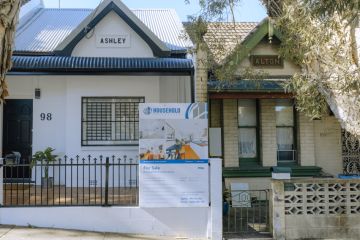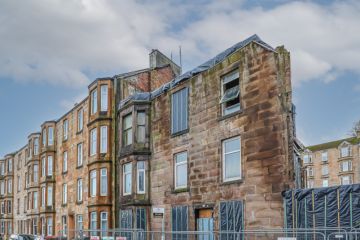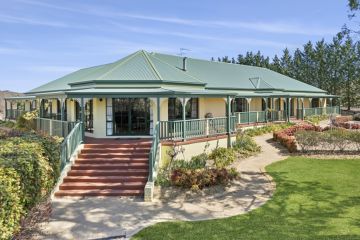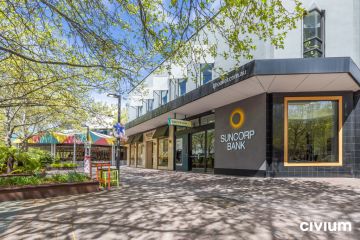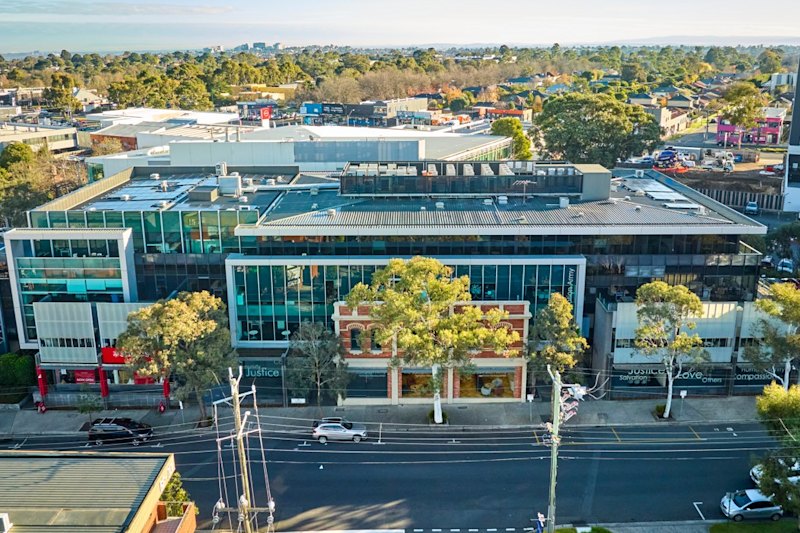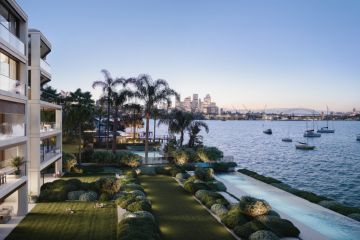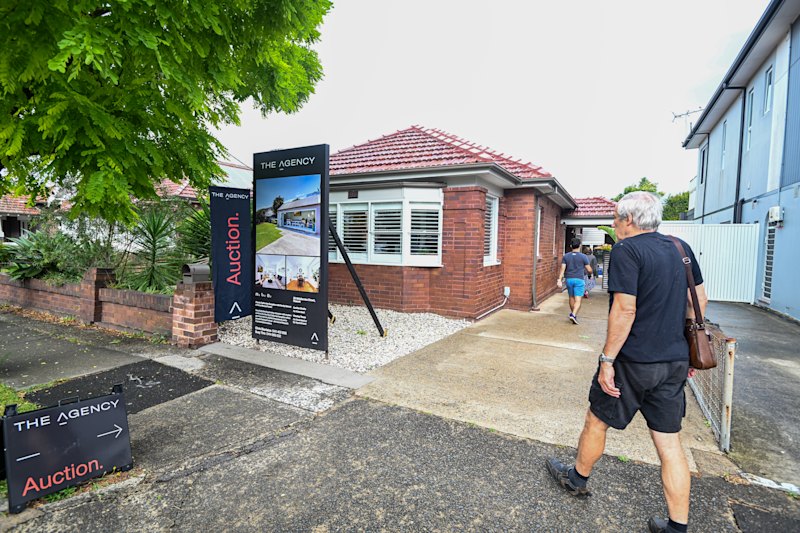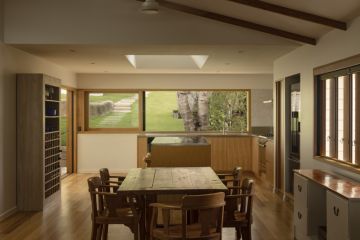What will the house of the future look like?
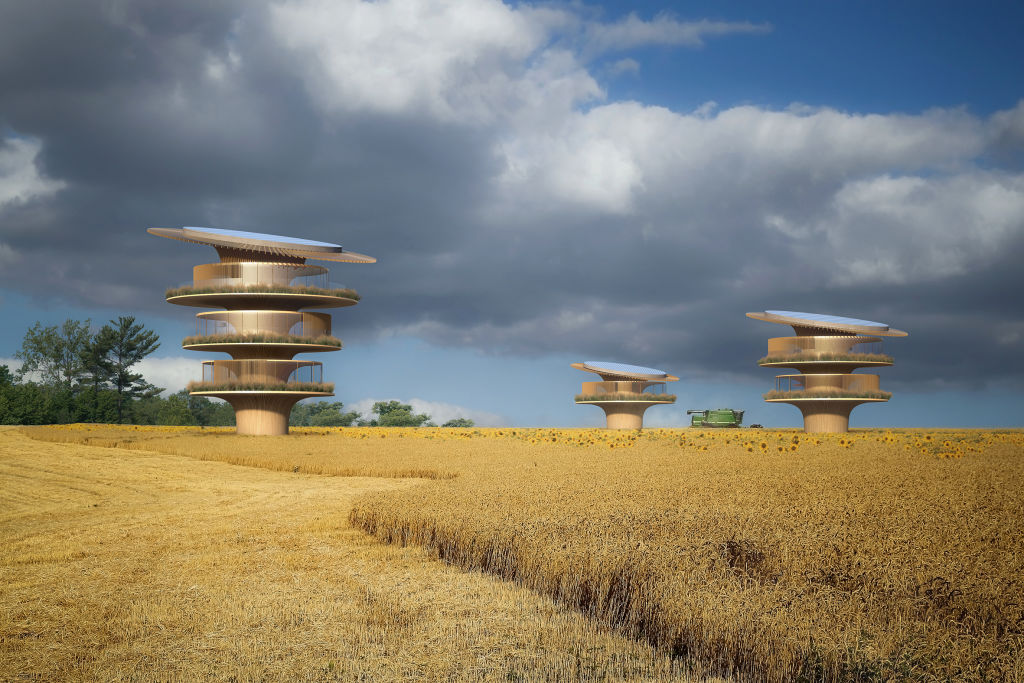
Will it exist in a virtual reality so no one can see it but its residents? Will it be all funky Jetsons’ space-age gimmicks? Or will homes be stacked into the sky as far as the eye can see?
Nice try, says one of the world’s leading architects, Australian Koichi Takada, but the answer is much closer than we think. The house of the future will be one inspired by nature, will work just like nature and actually give more back to the earth than it takes.
And, he may well be right. As one of the three architects worldwide commissioned to design the dream house of the future for the prestigious US-based financial, software, data, and media company Bloomberg, his vision has been celebrated as perhaps building the template for what’s to come.
“Two hundred years ago, the Industrial Revolution changed the world,” Takada said. “But now, with global warming, and the aim of carbon neutrality in the world by 2050, we’ve got just 29 years to undo all the damage of the past.
“But in my opinion, being carbon-neutral isn’t good enough. We have to be climate positive and designing buildings that will be producing more energy, as required, for future generations. So my house design looked at nature to discover how we could do that, and found the answer in the most simplest of ways.”
Takada designed the prototype of his future house for Umbria, Italy, a region known for its rolling farmlands and yellow fields of sunflowers, where heatwaves are becoming more frequent and more extreme.
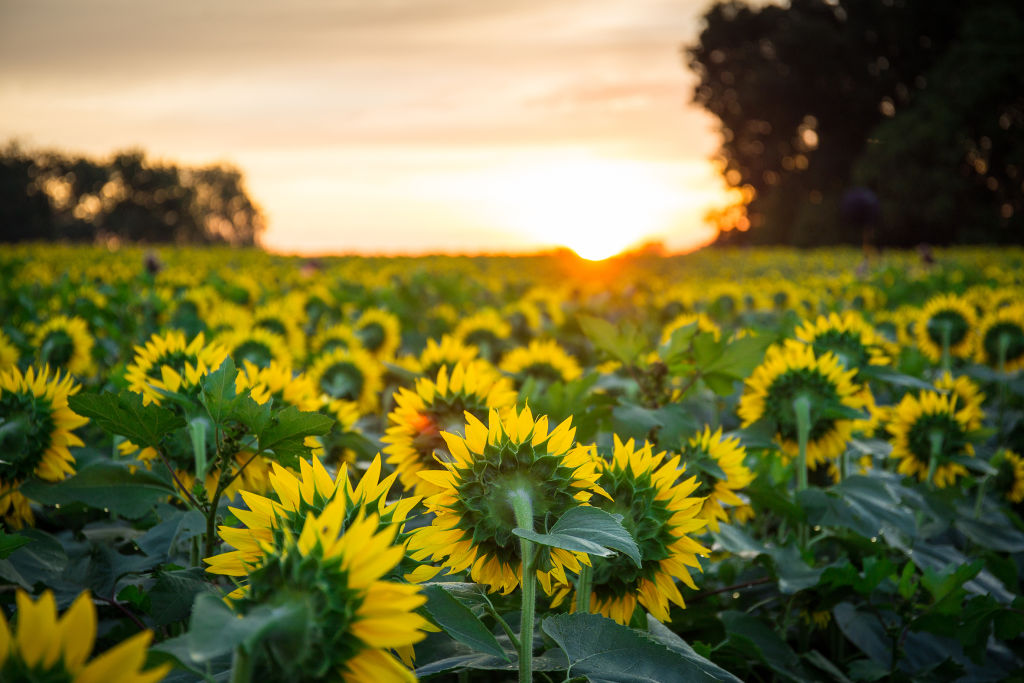
As a result, he studied the sunflowers and then used their mechanics for his Sunflower House, a single-family dwelling powered by the sun. Just like the flower, it’s elevated from the ground to minimise interference with the biodiversity of its surroundings, and has solar panels on its roof petals that rotate on sensors for maximum sun exposure, producing up to 40 per cent more energy than static panels.
“So, the house turns to follow the path of the sun in the same way the sunflower nods its head to bathe in the light,” said Takada, whose vision contributed to his eponymous firm being named the best overall winner in the medium firm category at New York’s inaugural Architizer A+Firm Awards 2021. “It means the house can always be warm in winter, and yet can be shaded, with a secondary rotating mechanism over the glass walls, from the sun in summer.
“It’s also producing enough energy for a family’s needs, and energy that’s not used can be stored in battery ‘seeds’ or fed back into the grid. So, that means living with no energy bills and enjoying natural airconditioning.”
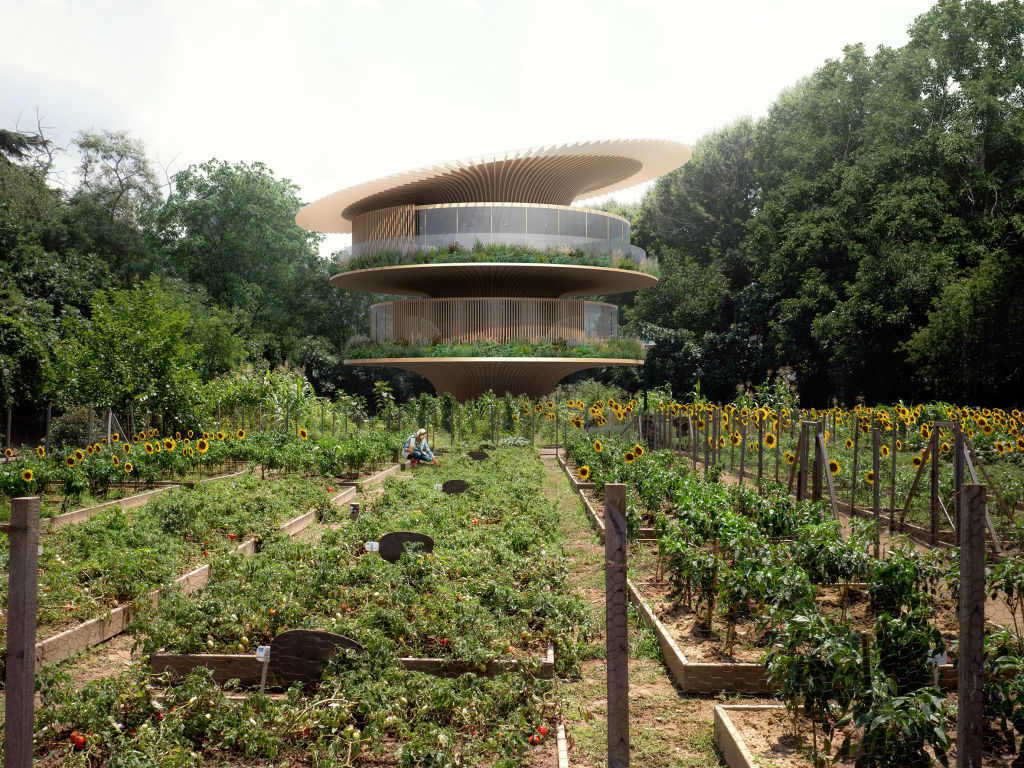
At the same time, the house also collects rainwater, as do plants in nature, which can then be used for irrigation and the flushing of toilets.
Each floor of the Sunflower House contains a two or three-bedroom apartment, and each building could work efficiently with three storeys or three apartments within. In that way, the architect envisages his own “field” of sunflowers – or a climate-positive neighbourhood of the dwellings.
The Japan-born architect, who lives in Sydney and has designed buildings all over Australia as well as in the Middle East, has already made a commitment to make all his projects climate-positive by 2050. He’s also designed what will be Australia’s greenest building, Urban Forest, a 30-storey, mixed-used building with 392 apartments in Brisbane, covered in 1000 trees and plants.
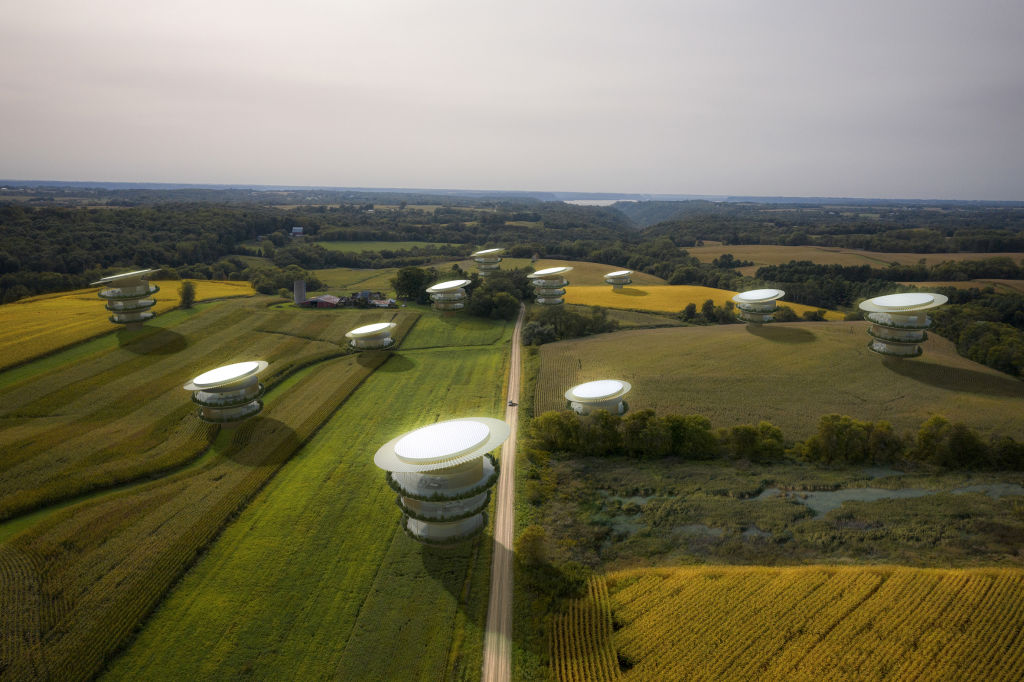
“In the past, buildings have always been static or stationary, but the 21st Century is all about dynamism and nature and adapting to the environment,” Takada said. “This is the next revolution from artificial to natural. That’s what has to happen to resolve the climate change issue.
“Building and construction create nearly 40 per cent of all carbon emission in the world, so we have a responsibility to fix that, and designing healthier houses like these give us a massive opportunity to change the world.”
You can hear Sue Williams chatting about Domain stories and apartment-related issues every week in the Flat Chat Wrap podcast
We recommend
We thought you might like
States
Capital Cities
Capital Cities - Rentals
Popular Areas
Allhomes
More
